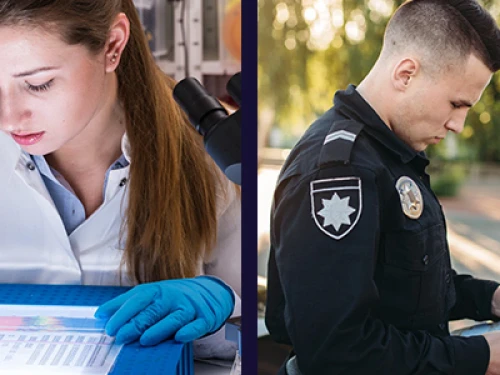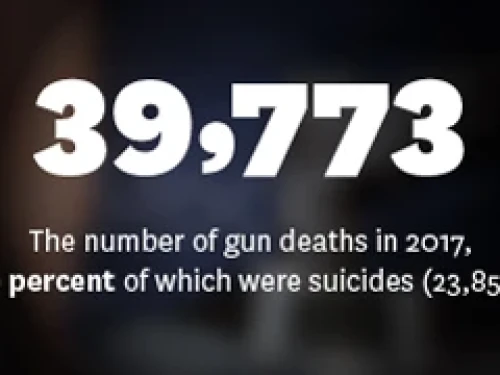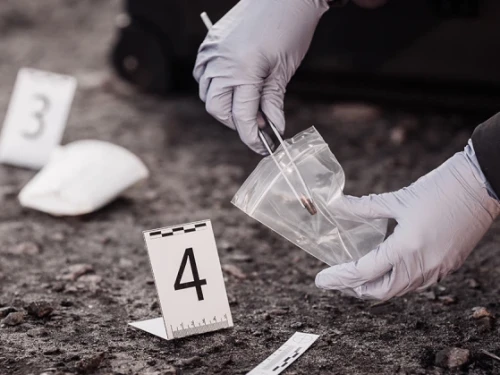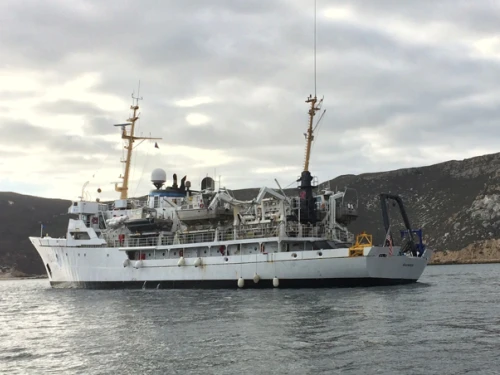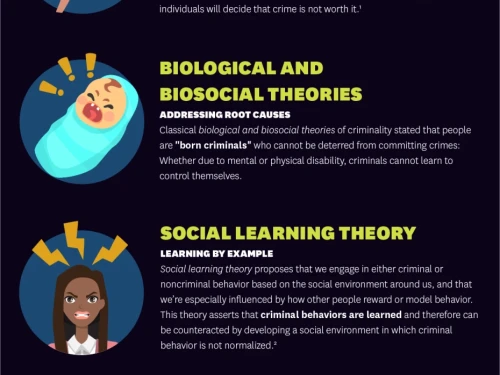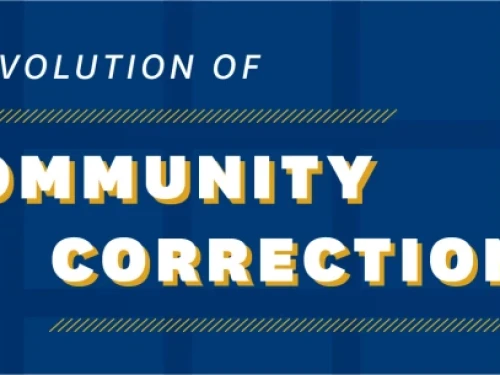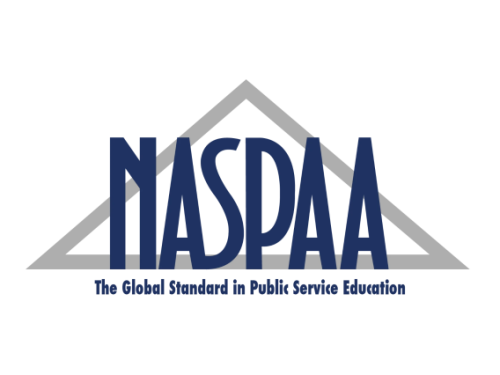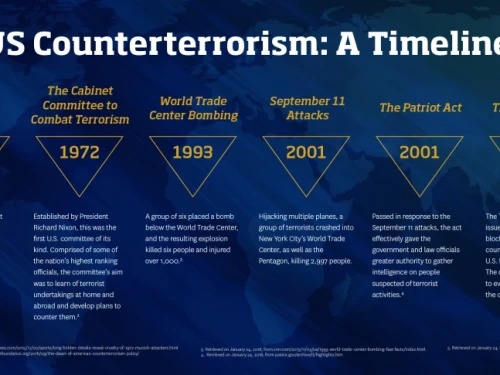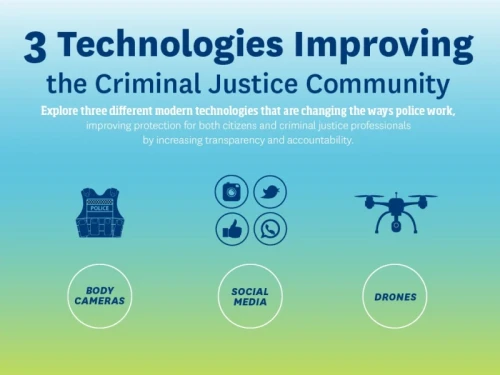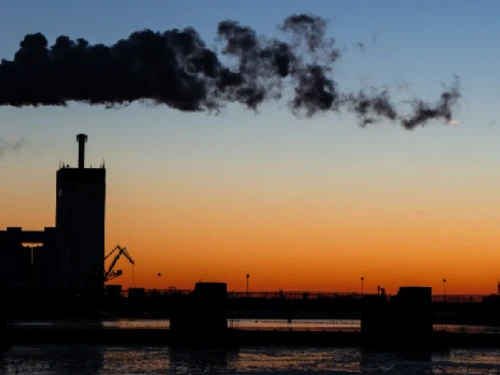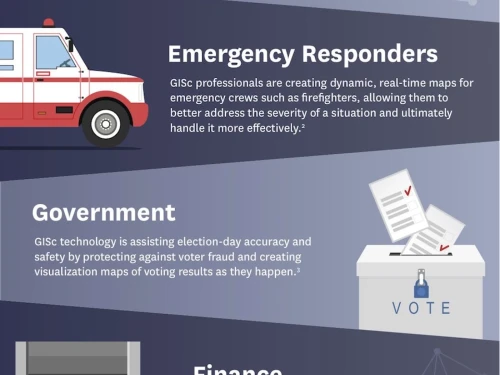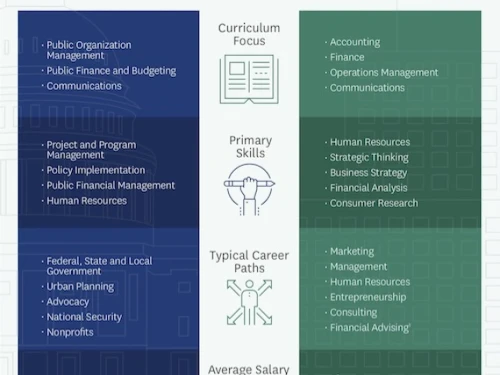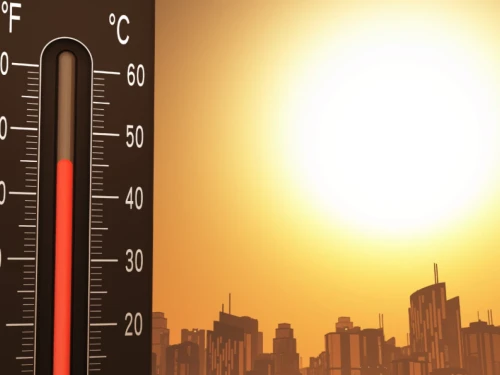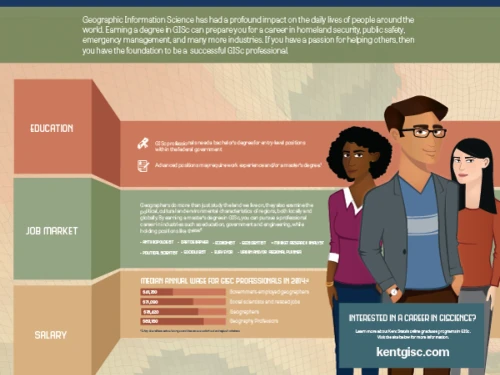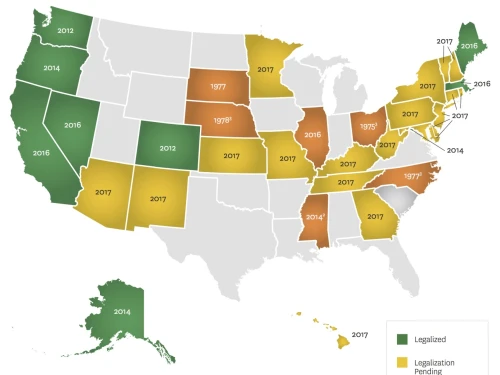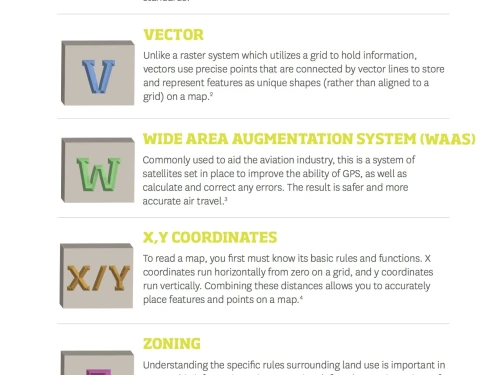College of Arts and Sciences
Discover blog posts focused on Kent State University’s College of Arts and Sciences, showcasing programs that merge technology, social science, and practical applications. Explore degrees such as Cybercriminology, Integrative Studies, and Public Administration, as well as insights into Geographic Information Science (GISc). Learn how these programs help students prepare for dynamic careers through interdisciplinary approaches, faculty expertise, and cutting-edge research.
Related Blog Posts
Many people want to have a meaningful impact on the world, and if you pursue a career in criminal justice, you have the power to do exactly that. So when considering what the best criminal justice jobs are, there’s more to think about than just salary. It’s also important to ask yourself what career you would find most personally fulfilling.
If you’re ambitious, interested in municipal government and hoping to make change in your local community from the top down, the role of city manager may be the perfect career goal for you. It’s an excellent choice for well-organized, diplomacy-minded professionals in public administration.
When life feels unpredictable, most people want a plan for certainty. That’s especially true when it comes to making decisions about careers and weighing the pros and cons of graduate school. While no crystal ball will predict exactly what jobs will exist in the global economy in the years and decades ahead, authorities suggest that lifelong learners will have the advantage in getting hired and promoted.
The growing field of geographic information systems (GIS) has opened up a range of career possibilities for people who are fascinated with data and who want a fulfilling career that addresses pressing real-world problems, and this includes GIS analysts.
One of the best things about working in the public sector is that it gives you many ways to make a difference in your community, no matter what role you fill. You can be confident that you’ll be part of an organization or government body that has the power to change the world (or at least your community) for the better.
To someone outside of either field, criminal justice and criminology may sound like two names for the same thing. It’s true there is a significant amount of overlap between criminology and criminal justice — but they are two distinct, if related, fields.
Is gun violence a public health issue? Many Americans would have different answers to this. The truth is, it’s a complicated issue that brings out a lot of passion from each side. There are also political matters and bills that have been passed that have made solving this issue harder. So as we examine if gun violence is a public health issue, we’ll stick to the known facts. Let’s start by defining how our country determines what qualifies as a public health issue.
Few positions within the field of criminology and criminal justice have as much allure in popular culture today as crime scene investigation (CSI) jobs. Of course CSI careers in reality are not exactly like the versions of them you may see on television; their day-to-day work can be more mundane, and they require serious training and education to do them well. But if you are willing to put in the time and energy to channel your inner David Caruso and pursue a CSI career path, you may find it a creative and rewarding opportunity to work on the cutting edge of law enforcement technology.
Whether you currently work in law enforcement or are seeking a new career that will allow you to fight crime and protect your community, becoming a criminal investigator can open a range of challenging and satisfying paths. Being a criminal investigator allows you to operate independently, solve problems, and give back to the community. The role of a criminal investigator can take several different forms, often as detectives or crime scene investigators. However, all criminal investigators share common responsibilities: they collect evidence, interview individuals who are related to a case and testify about their cases in court.1
Geographic information science (GISc) has numerous applications in fields ranging from emergency response and agriculture to finance and real estate, and with GISc jobs set to increase by 14% by 2026,1 a master’s in GISc and a solid understanding of how to apply geographic information systems (GIS) could be what sets you apart in this growing field.
What is criminal behavior, and what causes it? How a society answers these fundamental questions plays an essential role in how it responds to crime, from developing crime prevention programs to designing incarceration systems and rehabilitating criminals. As part of this effort, criminologists and experts across related fields such as healthcare, sociology and psychology work toward an understanding of the causes of criminal behavior, both by proposing new theories and testing existing ones.
In the world of public administration, there are frequent references to the “public sector.” But what exactly is the public sector? And why does it require such careful attention and monitoring by public officials? Broadly speaking, the public sector refers to any part of a state or national economy that is tied to public programs or services and is controlled by the government.
Although various fields of science may differ in how they use the word, a “biome” can generally be defined as a geographically large ecosystem with a shared physical climate. Earth’s biomes can be classified broadly into two overarching categories, terrestrial and aquatic. These are further divided based on climate and on the dominant plants and animals that have evolved to thrive in their specific environmental conditions.
In a campaign event at Madison Square Garden in 1912, future President Woodrow Wilson said something that could be considered a mission statement for his life’s work: “There is no cause half so sacred as the cause of a people. There is no idea so uplifting as the idea of the service of humanity.”1 After living a life devoted to the public, both in practice and as a scholar, Wilson was uniquely qualified to discuss matters of public service. Twenty-six years earlier, Wilson had published “The Study of Administration,” an essay that served as the foundation for the study of public administration, and which caused Wilson to be enshrined as the “Father of Public Administration” in the United States.
While crime frequently dominates the news cycle, media outlets often sensationalize the lives of perpetrators while the needs of victims are all too often overlooked. Those most deeply affected tend to have their stories buried and their voices silenced, even as criminals sometimes rise to the status of pseudo-celebrities. Shifting the focus back to victims of crime ensures that these individuals are considered in studies of criminal justice and by policymakers, preventing a one-sided story. This is called victimology: the scientific study of the physical, emotional and financial harm people suffer because of criminal activities.
“Community corrections” refers to any program that supervises offenders outside of the prison system, including probation, parole, work release, day reporting centers or residential “halfway house” programs. Community corrections has a long history in the United States, where there are presently two offenders on parole or probation for every individual currently serving time in prison.1 This long history has yielded many evidence-based practices in community corrections that are proven to decrease recidivism and are less costly than incarceration.2
Learn about NASPAA accreditation and why it’s an important accreditation to have for most MPA programs.
“Terrorism” is a term that holds strong connotations in the United States and across the world. If the Oxford Dictionary defines terrorism as “the unlawful use of violence and intimidation, especially against civilians, in pursuit of political aims,” then we can define counter-terrorism as the lawful protection of civilians against violence and political persecution.
Criminology is a branch of sociology that focuses on the causes, effects and social impact of crimes. In many ways, the social aspect of criminology defines the field. For the criminologist, the ability to shift between conveying information with authority and listening carefully with compassion lies at the heart of communication in criminal justice. No matter what role you fill in this field, communication—both written and oral—is the number one skill you can polish in preparation for a criminology career.
As technology evolves, it adapts to our social habits and expectations while simultaneously broadening our awareness of local, national and international current events. In recent years, this has included greater awareness of community-police relations, a few specific instances of which have had tragic outcomes and caused public scrutiny of modern policing tactics. The cumulative impact of these incidents, in conjunction with an increasingly all-encompassing and remotely accessible internet, has necessitated the integration of more and smarter technology into contemporary police work.
Human activity has had an effect on the environment for thousands of years, from the time of our very earliest ancestors. Since Homo sapiens first walked the earth, we have been modifying the environment around us through agriculture, travel and eventually through urbanization and commercial networks. At this point in earth’s physical history, our impact on the environment is so substantial that scientists believe “pristine nature,” or ecosystems untouched by human intervention, no longer exist.1
There’s an old adage nearly everyone’s heard: “Work a job you love, and you’ll never work a day in your life.” As true as this sentiment may be, the facts about employment suggest that a majority of people are not working jobs they love. In fact, far from it.
No matter the industry in which you plan to pursue employment, investing in a master’s degree can help you rise to the top of your organization. But not all master’s degrees are created equal.
In the modern world, media is saturated with images of natural disasters and their impacts on human health and infrastructure. And while the most memorable images for many are of the damages done by hurricanes, tornadoes or earthquakes, in the U.S., the deadliest atmospheric hazard over the last few decades has been excessive heat. While everyone generally knows the advice to take it easy during hot weather, it tends to get much less attention than other hazards because its impacts are not nearly as visibly dramatic. This said, several hundred people a year in the U.S. on average still die from excess heat.
Imagine a town that wants to improve access to its public buildings. Theoretically, the citizens of the town could appeal to their elected officials for the change and maybe vote on a ballot measure. Once that measure has passed, officials could craft a policy addressing the need for improved access, and then allocate the funds...and then things get a little tricky.
We’re all familiar with oceanic tides, which cycle roughly every 12 1/2 hours based on the relative positions of the earth and the moon. Some places have greater ranges than others, based on the local configuration of the coastline. Every couple of weeks, when the sun, earth and moon all line up, we have “spring tides,” in which the tidal fluctuations are stronger than normal.
Click on the image below to explore all of the aspects of a GIS career with our new infographic. Read up on the job market, education requirements and salary expectations for a GIScience professional.
Severe punishments for drug-related offenses—particularly possession of marijuana—have historically triggered global public outcry, causing many nations to rethink their approach to the applicable drug laws.
A pair of Kent State University geographers have teamed up to secure two research grants totaling more than $550,000 for separate projects to study climate change and weather patterns.
We typically view language as evolving at a glacial pace. Yet, consider the fact that the Merriam-Webster Dictionary added more than 1,000 new words in February 2017—and more than 2,000 in April 2016.1






